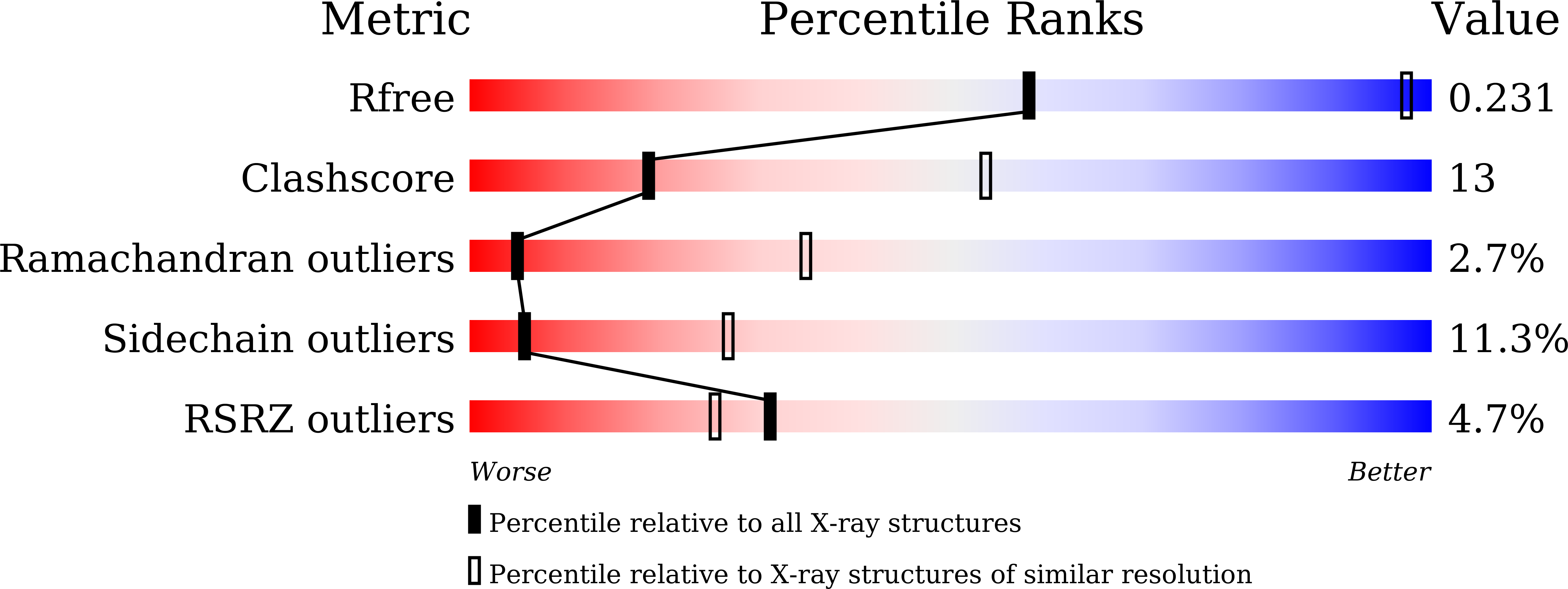
Deposition Date
2023-10-30
Release Date
2024-02-14
Last Version Date
2024-02-14
Entry Detail
PDB ID:
8WY1
Keywords:
Title:
The structure of cyclization domain in cyclic beta-1,2-glucan synthase from Thermoanaerobacter italicus
Biological Source:
Source Organism:
Thermoanaerobacter italicus Ab9 (Taxon ID: 580331)
Host Organism:
Method Details:
Experimental Method:
Resolution:
3.90 Å
R-Value Free:
0.23
R-Value Work:
0.19
R-Value Observed:
0.19
Space Group:
P 41 21 2


